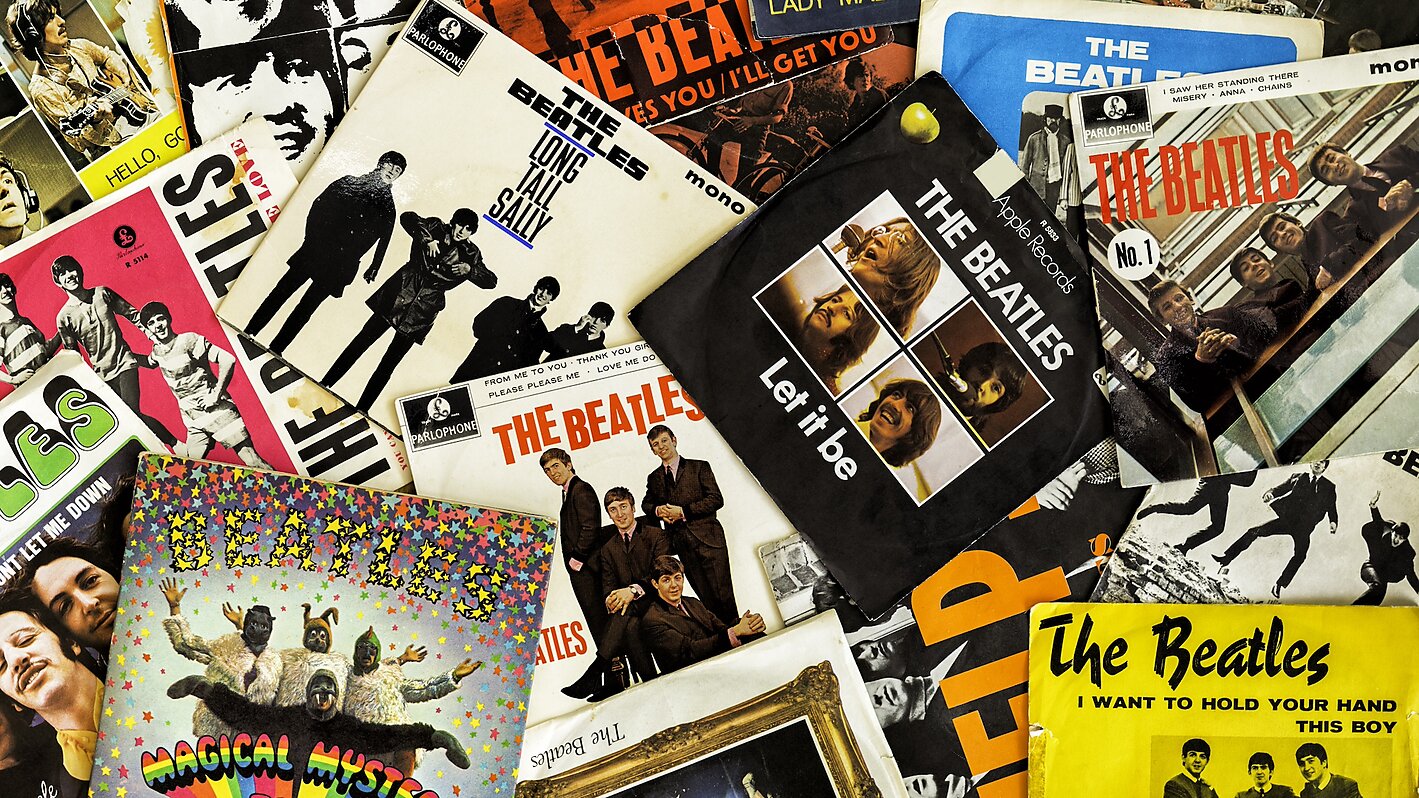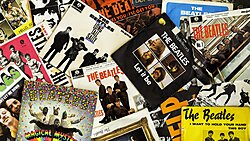Take music. Today, American pop star Taylor Swift is arguably the most famous person in the world, partly due to the advancement in technology and streaming music services. Demand for Taylor Swift concert tickets in France was so large that it crashed Ticketmaster France’s website in the summer of 2023. “Swifties,” as her fans are known, would be rioting in the streets of Paris if the Macron government prohibited French fans from streaming Swift’s music on Spotify or banned her from performing concerts in the country.
In early 2024, an international diplomatic spat erupted among governments over the American pop star’s services. The Wall Street Journal reported that the Singapore government offered significant financial incentives for the American pop star to perform exclusively in the city-state instead of in other Southeast Asian countries. Thailand and other regional governments made clear their unhappiness over the arrangement. Singapore defended the exclusive arrangement by claiming that the additional tourism and spending generated by Swift’s concerts outweighed the cost of the financial incentives. In other words, a foreign government subsidized a very wealthy American to provide services in its country—much to the chagrin of neighboring countries. Yet the Taylor Swift global phenomenon is not new. It follows a playbook similar to that of the Beatles, who supercharged the globalization of popular music in the 1960s. In short, the cultural globalization genie, particularly music, has long been out of the bottle.
At its best, music has always been a blend of cultures and influences. Blues and jazz, for example, were genres largely created by black musicians who fused musical elements from the Americas, Europe, and Africa, including traditions brought to the United States by enslaved people. Yet a truly comprehensive analysis of the globalization of music—from German classical composers to the creation of the phonograph to migration to the rise of the internet—is beyond the scope of this essay. Instead, it will trace how popular music became globalized, with particular attention paid to the Beatles. No musical artist or group has embodied and defined the globalization of popular music like the iconic British band.















